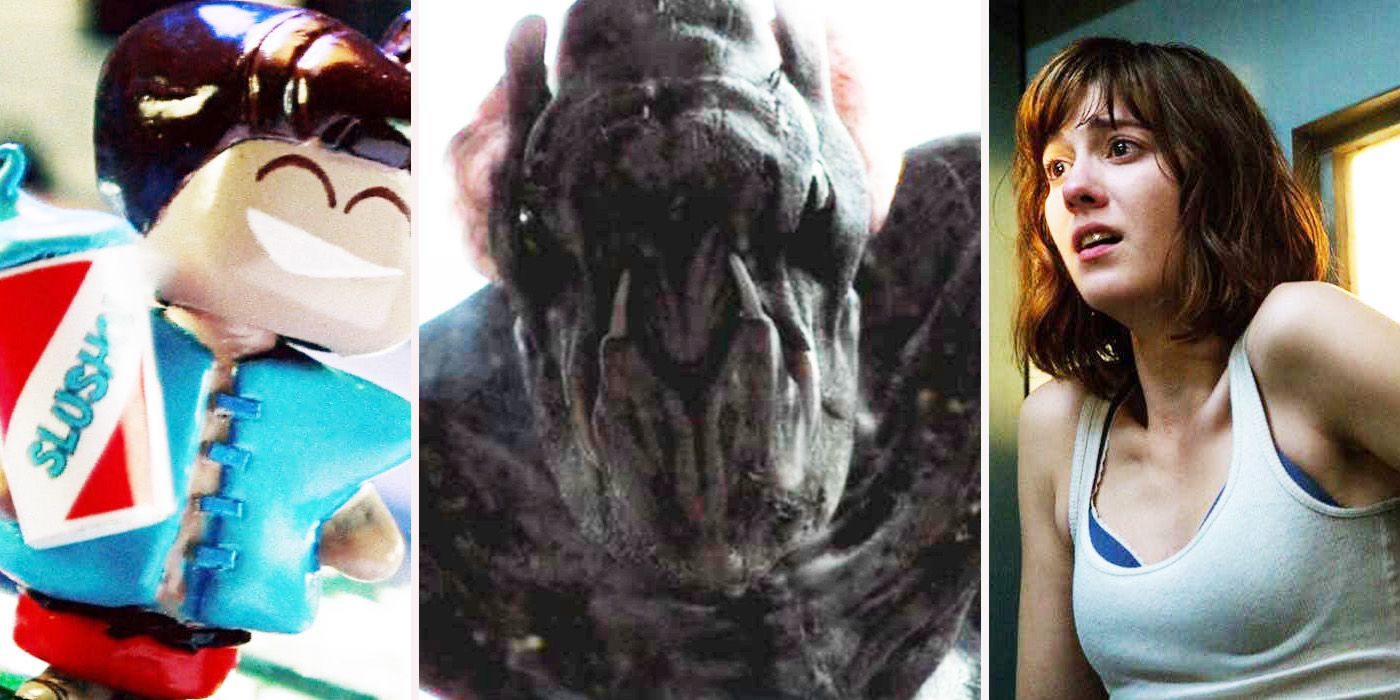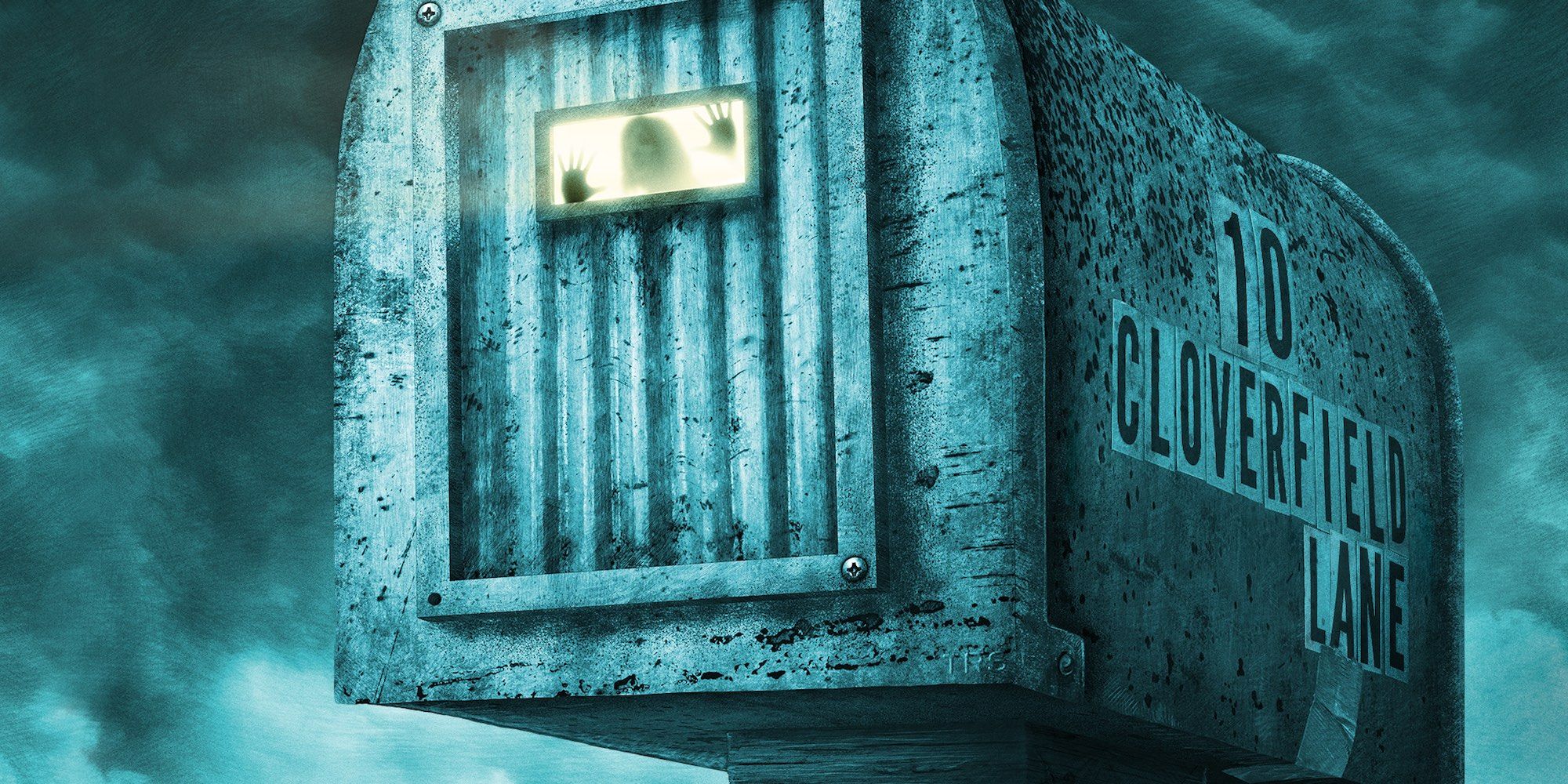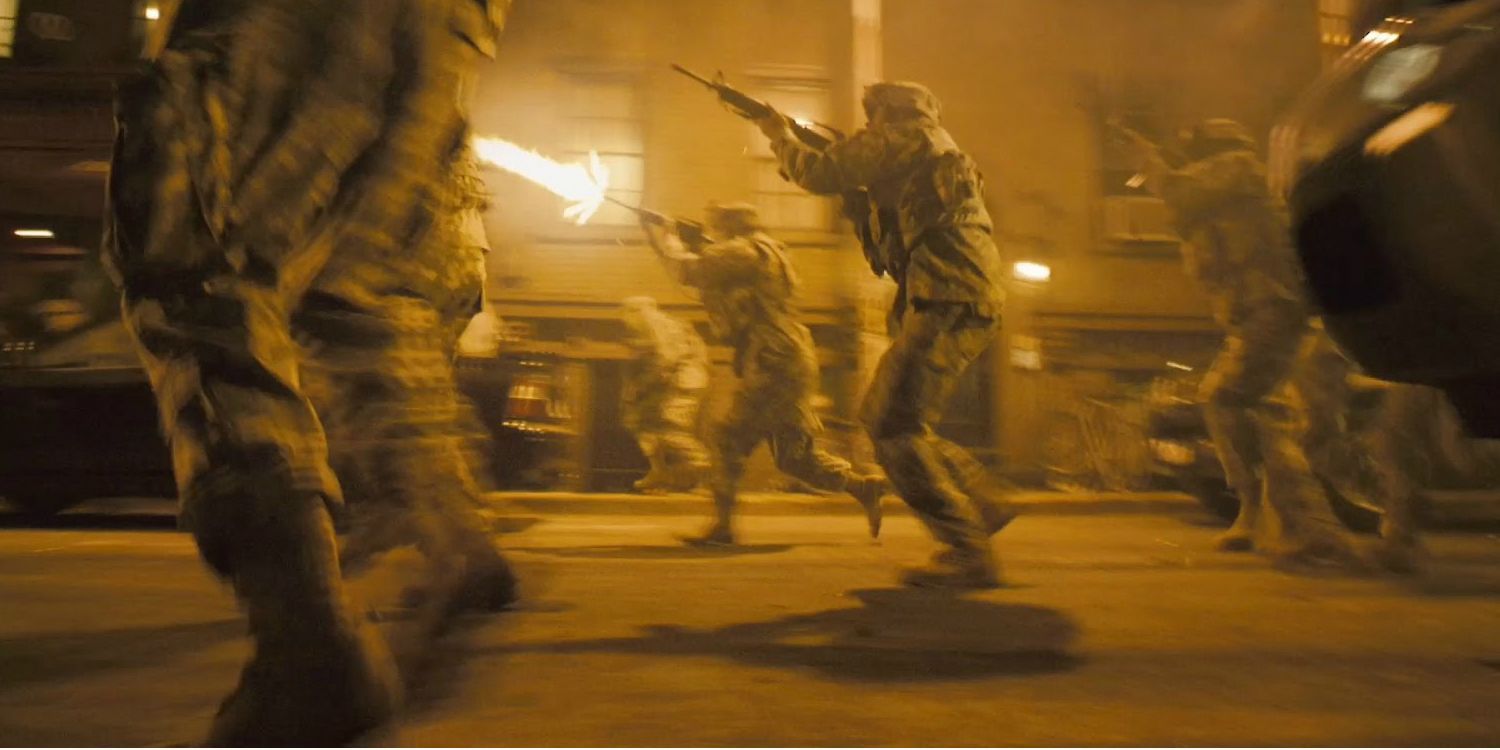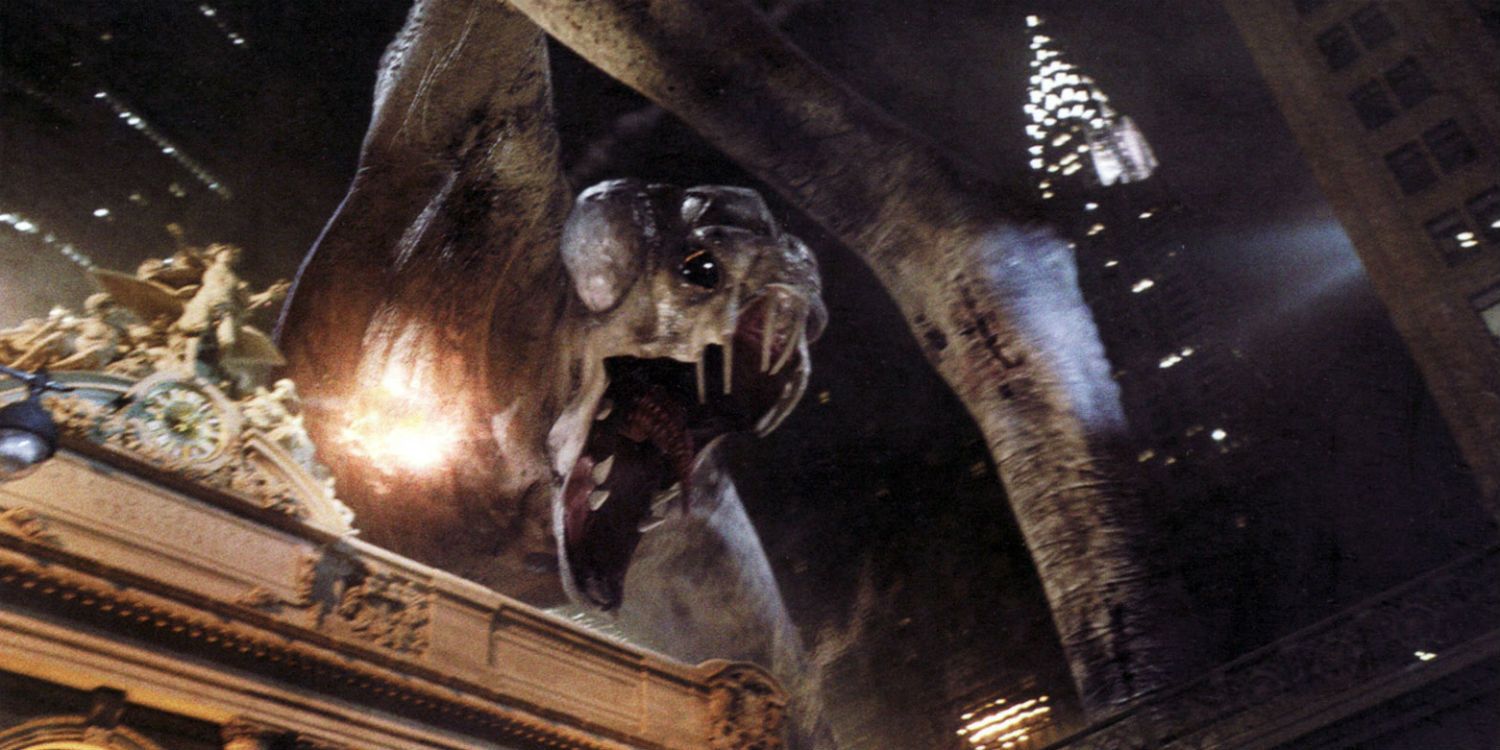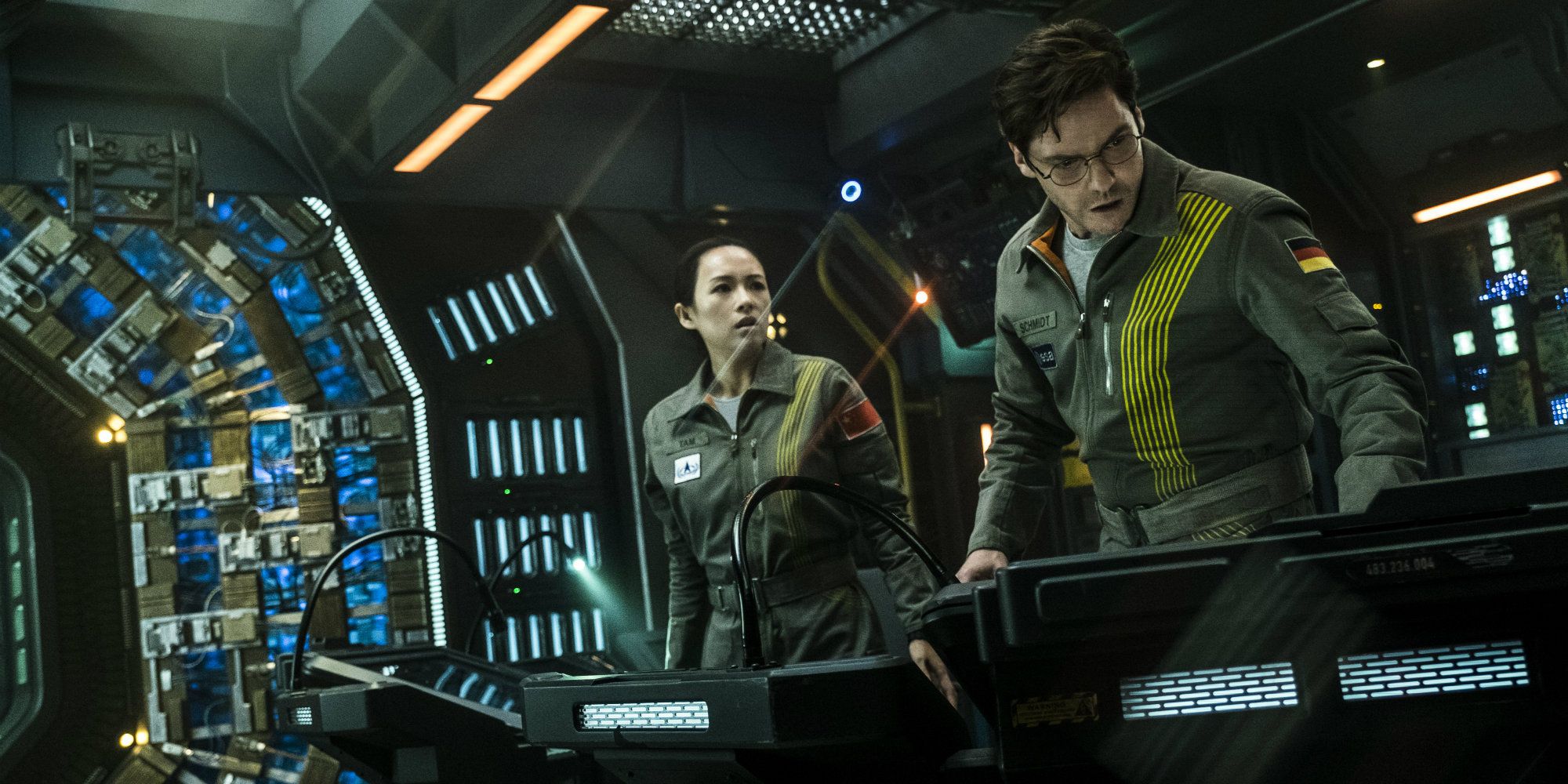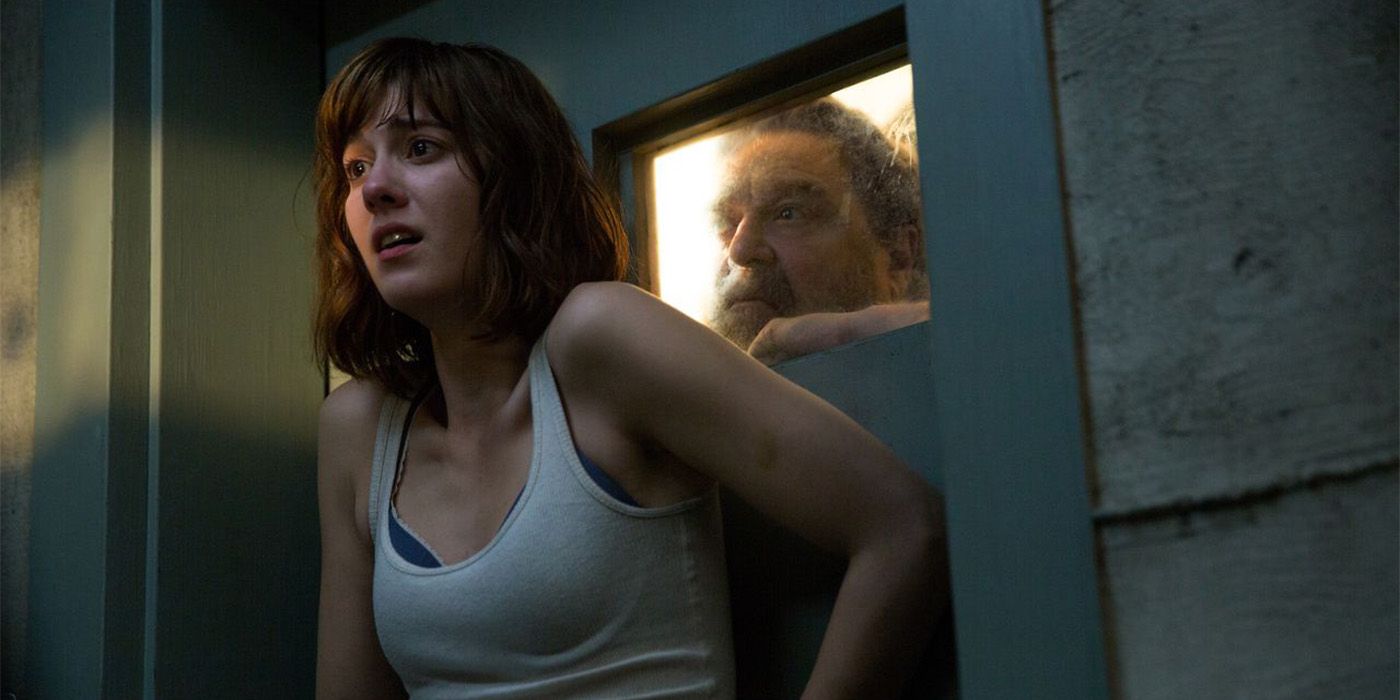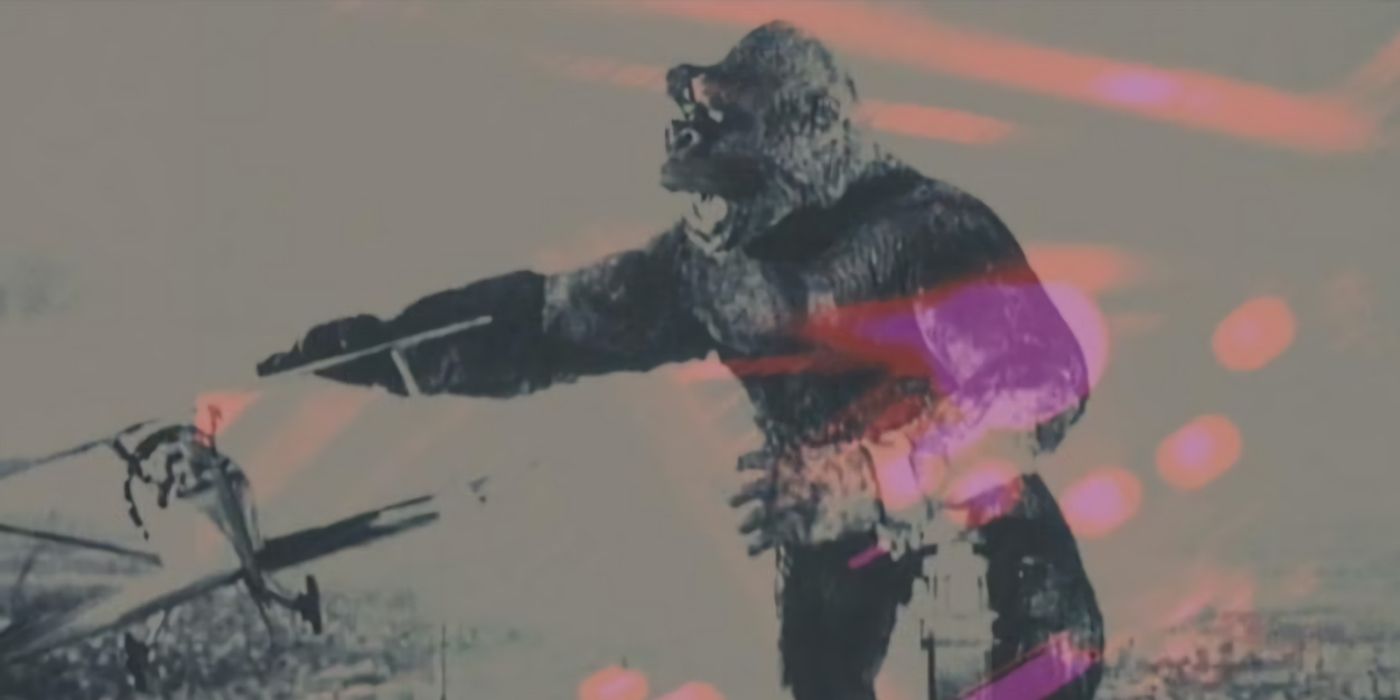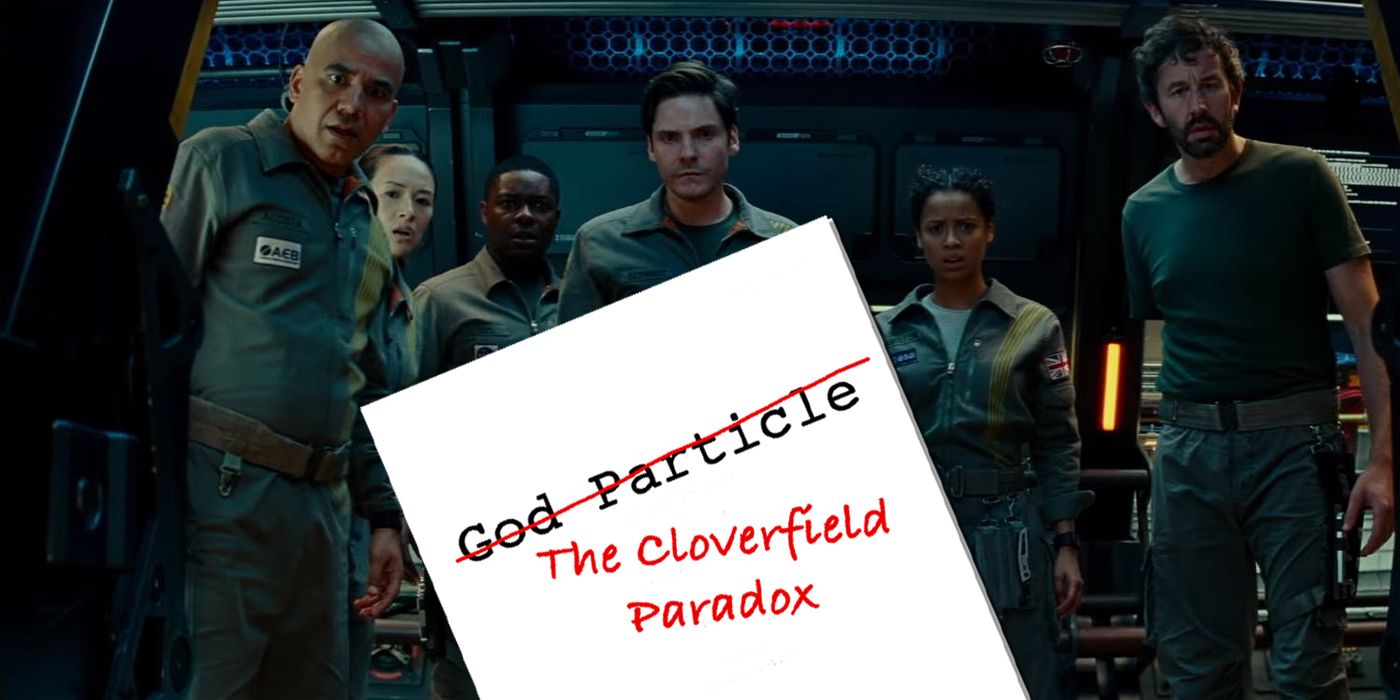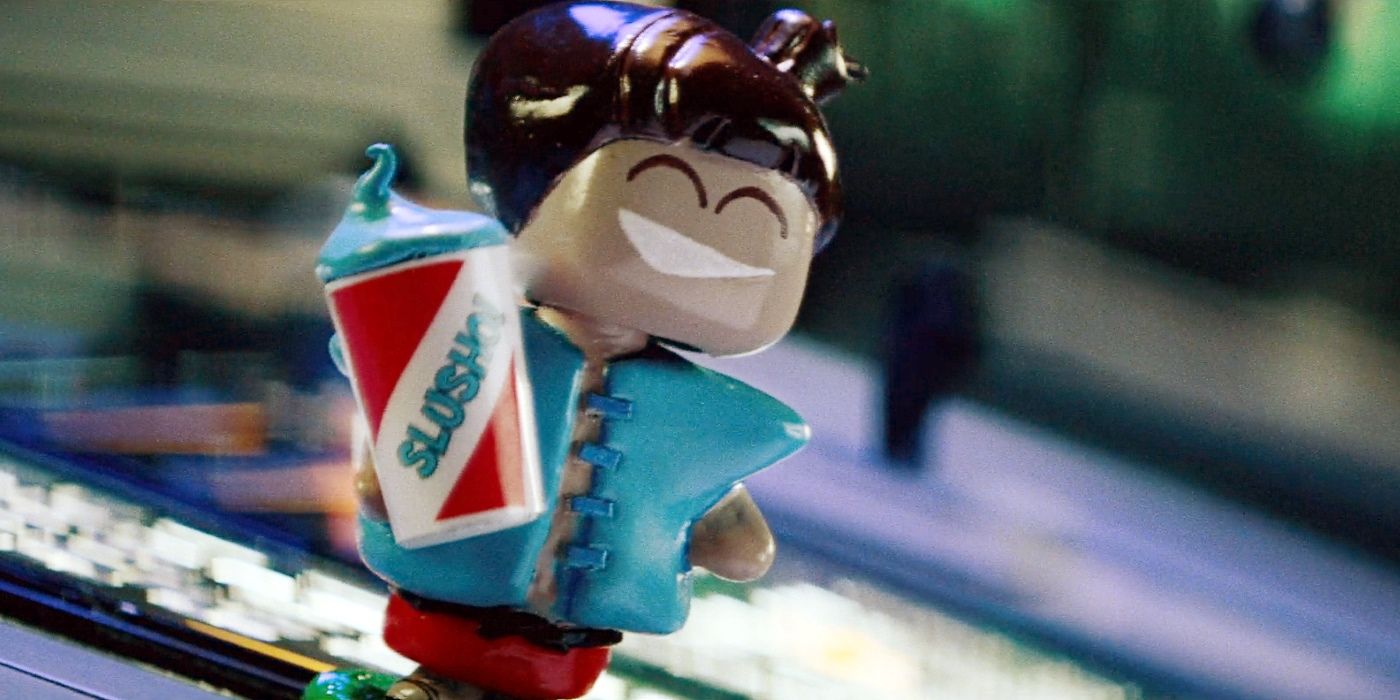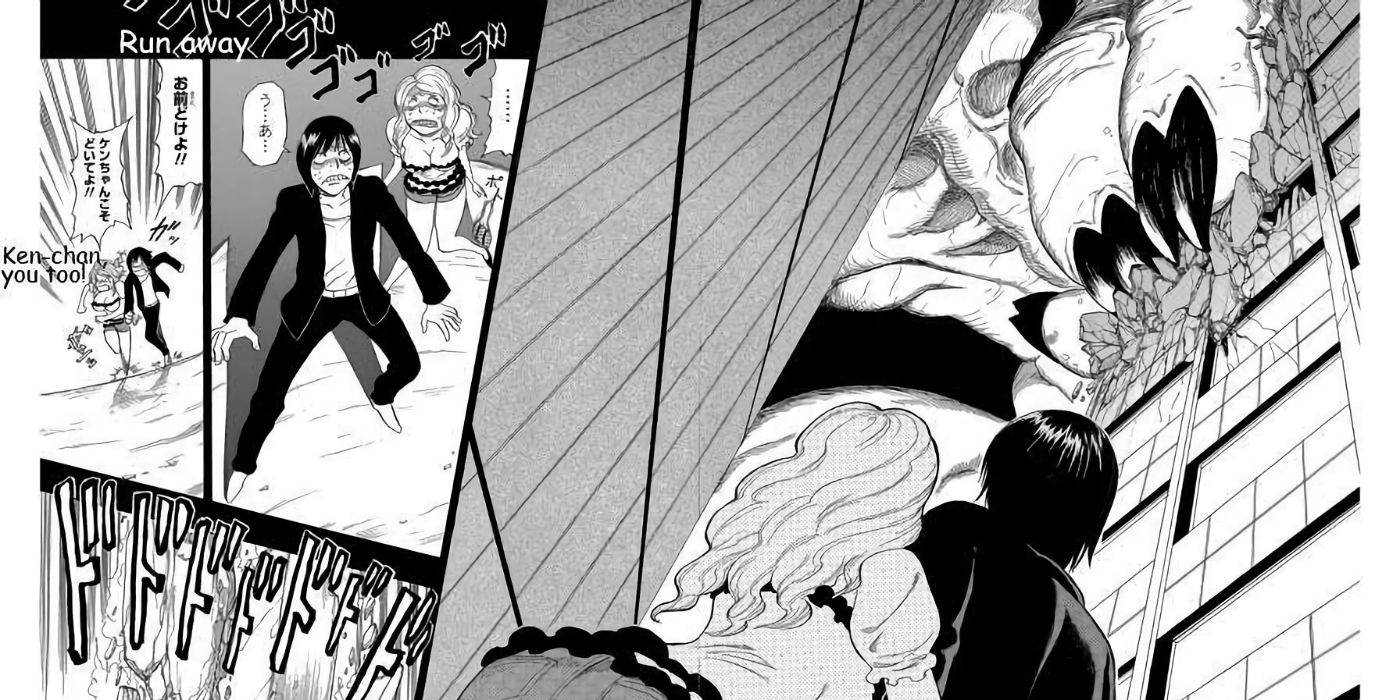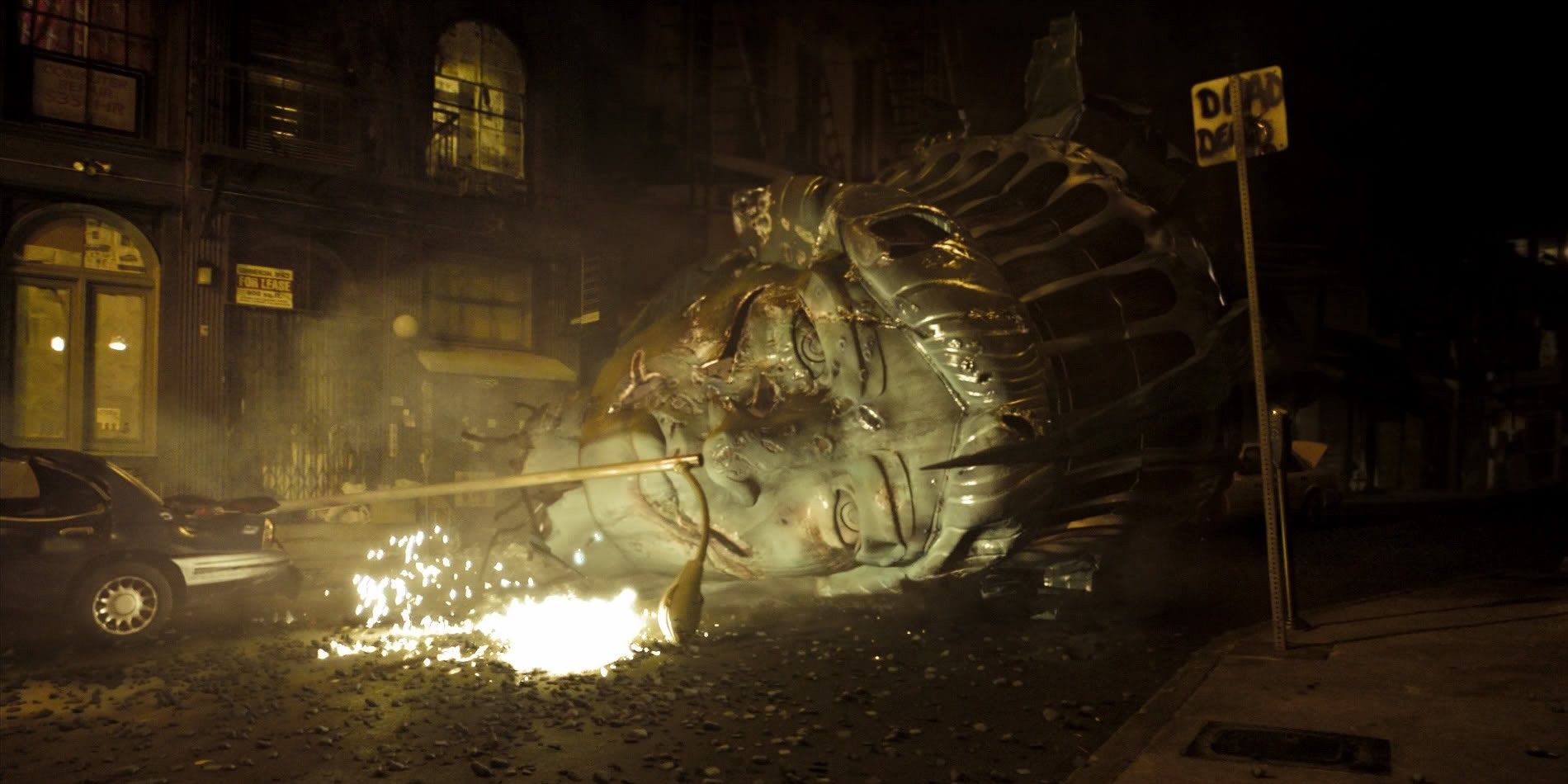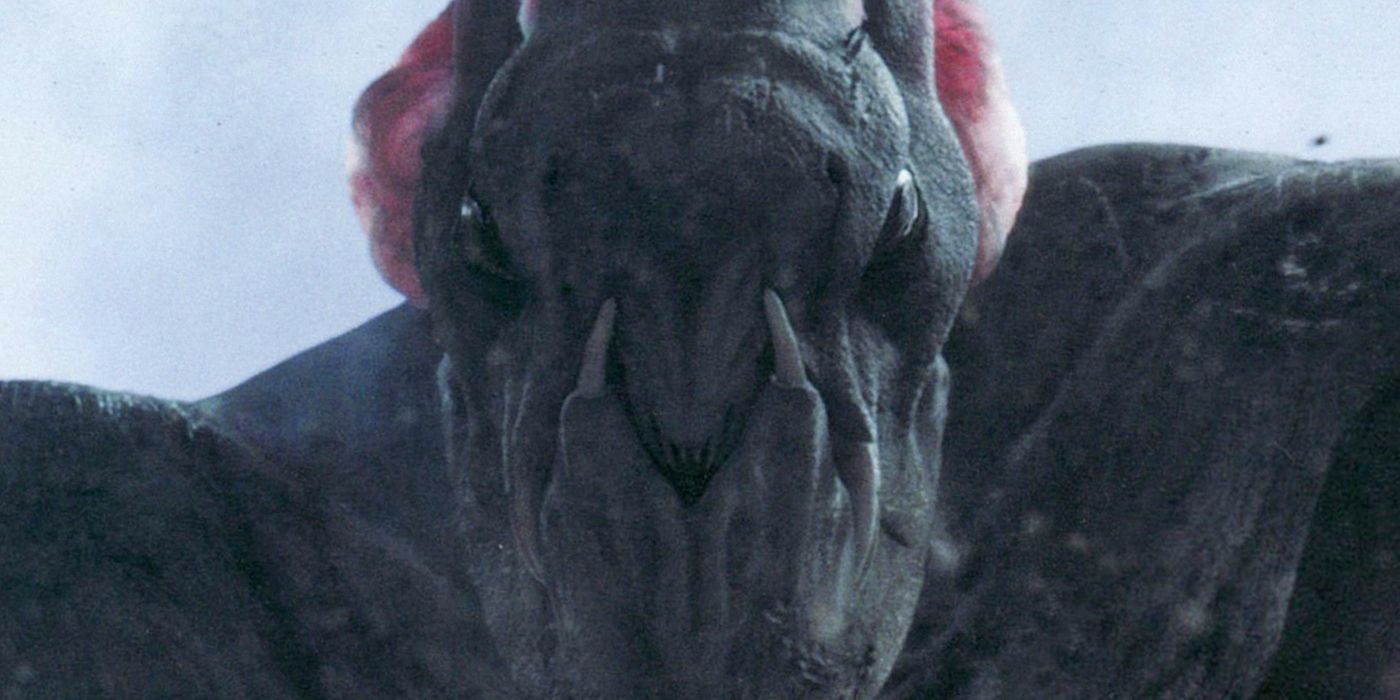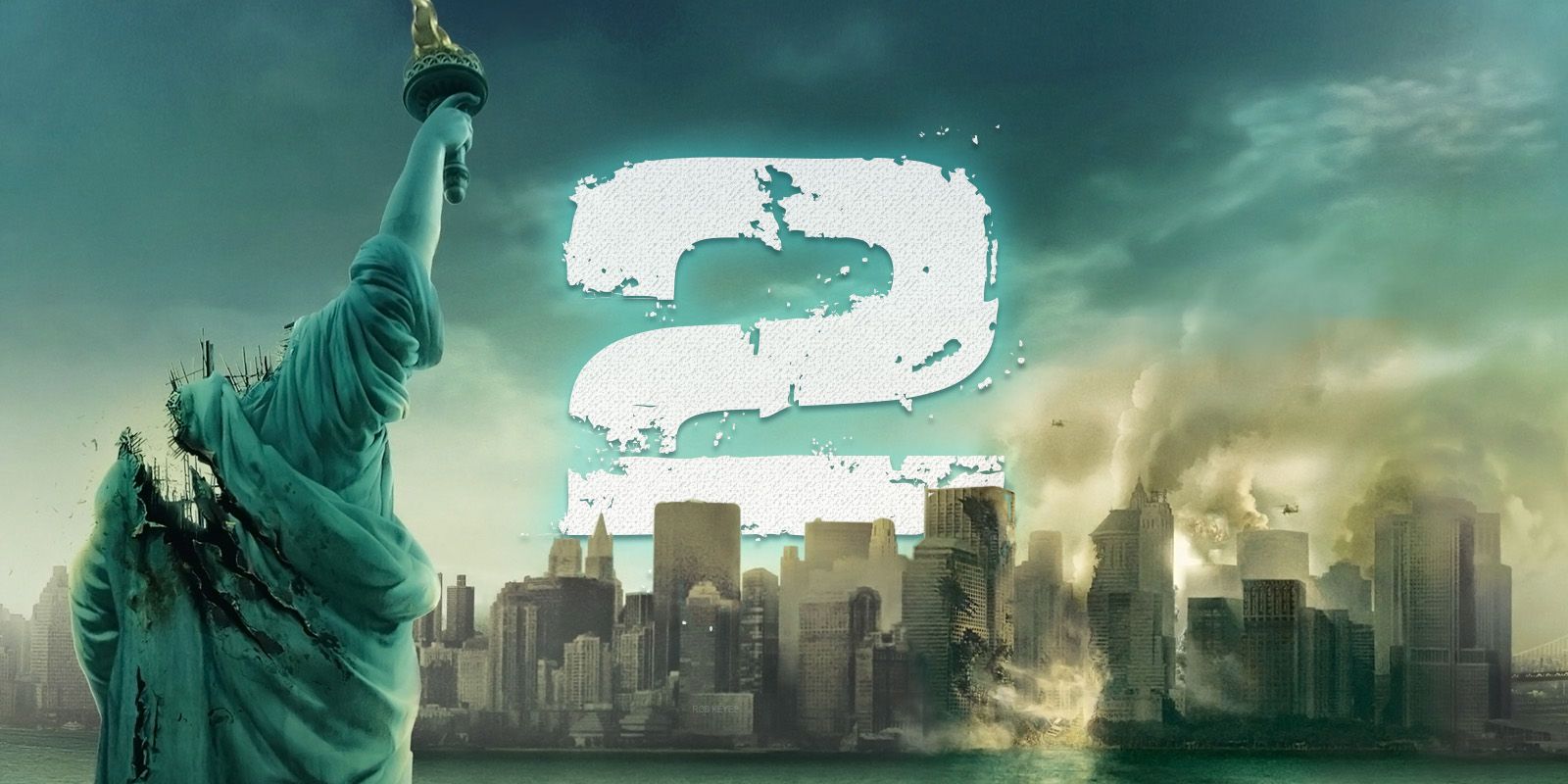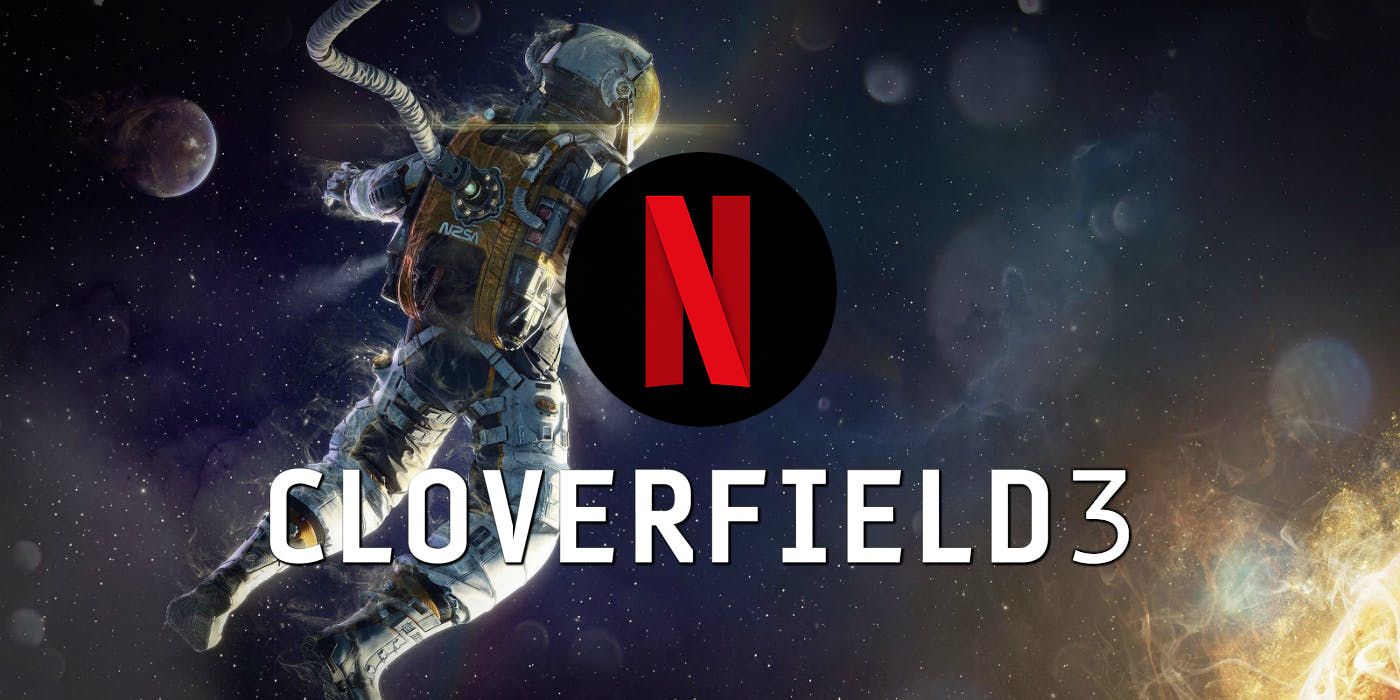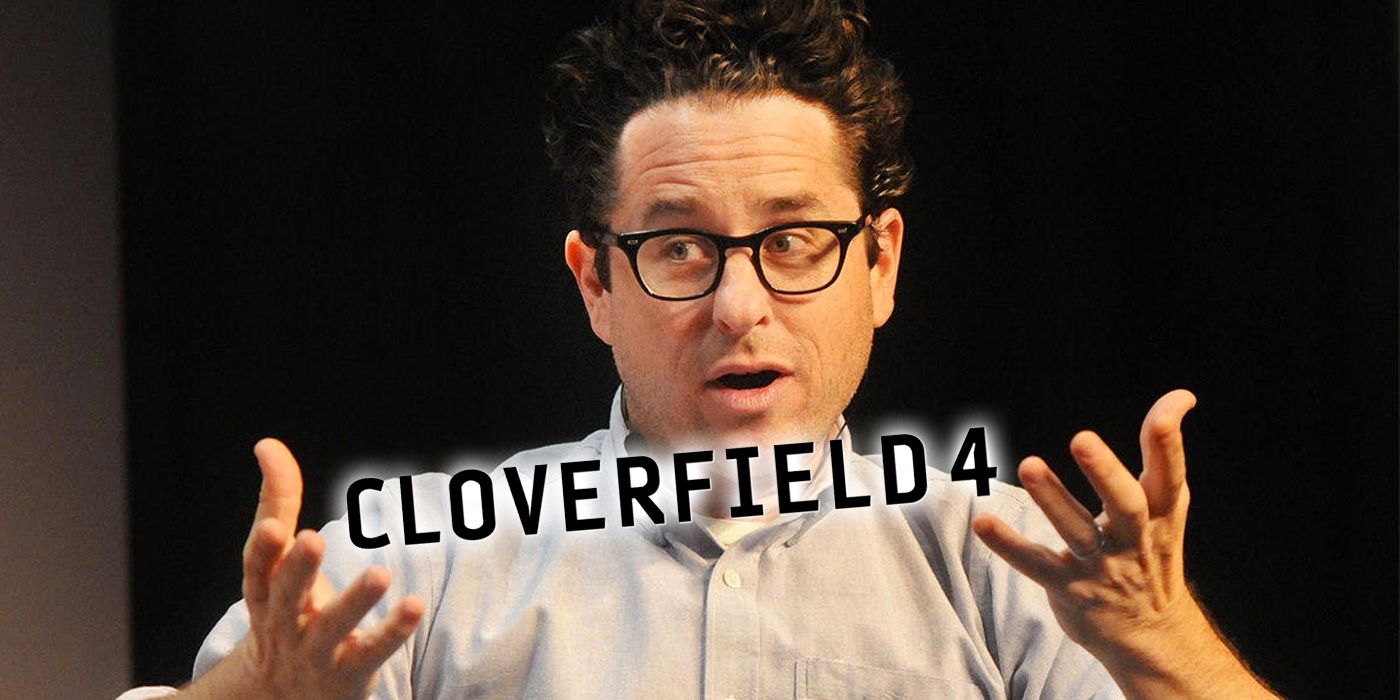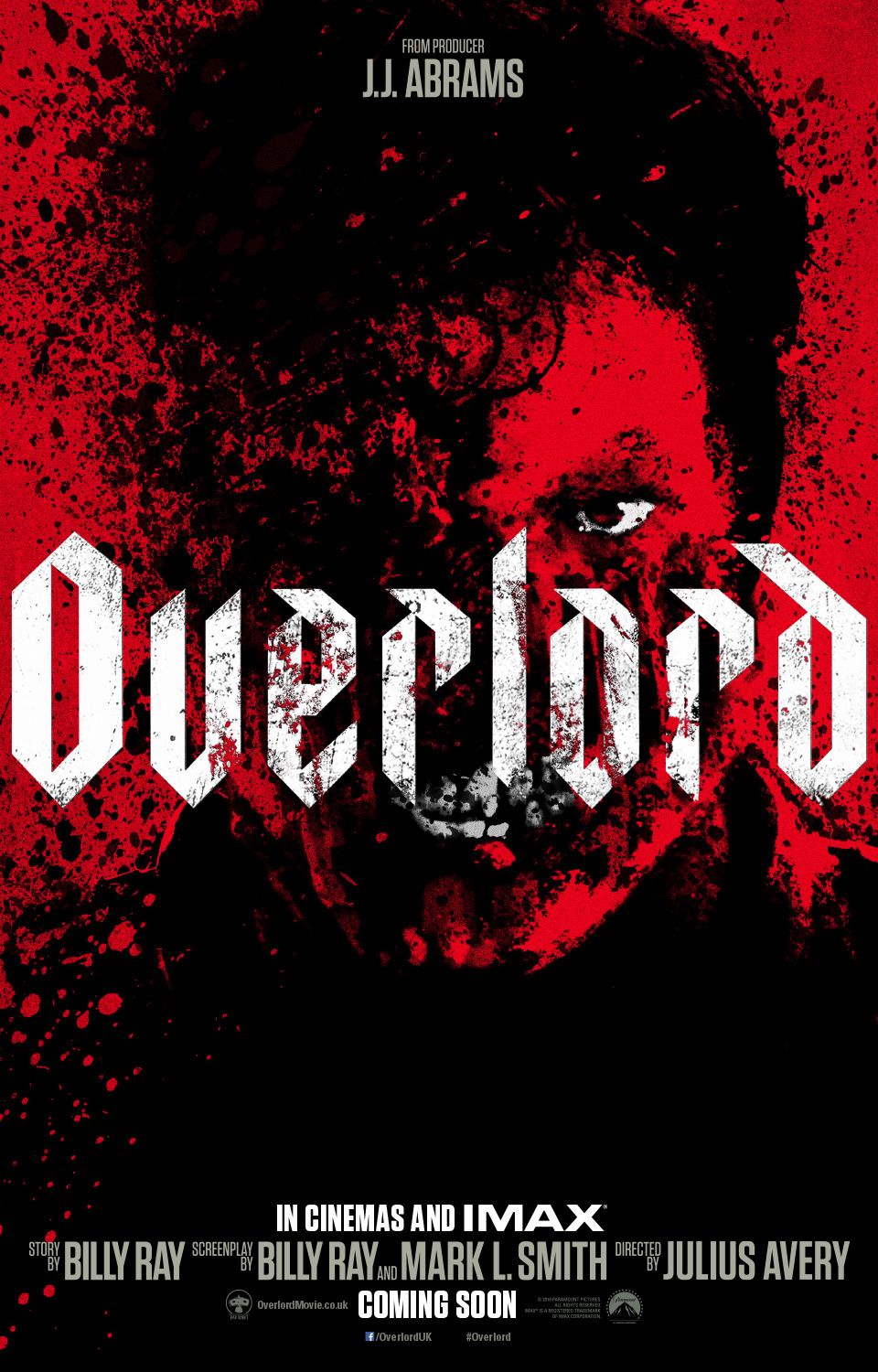Cloverfield is one of the most intriguing sci-fi franchises out there today. It's something that can always generate a miraculous amount of hype based on the name alone, even if people know virtually nothing about the latest installment. That's all because the first movie - directed by Matt Reeves, written by Drew Goddard, and produced by J.J. Abrams - broke ground in viral marketing from the time the first teaser trailer debuted with Transformers in July 2007 to when it hit theaters in January 2008.
The Alternate Reality Game (ARG) setting up the film became more than an easter egg hunt. Breaking down the ARG and finding all the clues were as fun for moviegoers as watching the movies themselves.
The fact that much of the universe is still shrouded in mystery makes future films all the more intriguing. But there's actually quite a bit of information about the franchise - from behind-the-scenes facts to neat Easter eggs and references - general audiences may not be aware of, such as just why is the entire series called Cloverfield to begin with.
In celebration of The Cloverfield Paradox's release, here are 15 Mind-Blowing Things You Didn't Know About The Cloverfield Movies.
15. Where the name "Clovefield" comes from
Cloverfield is a strange name for a monster series, especially since there's no actual basis for it in any of the movies. Sure, Howard Stambler lives on 10 Cloverfield Lane, and the cause of everything happens because of the Shepard particle accelerator aboard Cloverfield Station - but where did the Bad Robot team come up with that name? As it turns out, they saw it somewhere.
The franchise is named after Cloverfield Blvd in Santa Monica, CA, which is only a few blocks away from Bad Robot's headquarters.
Interestingly, Santa Monica's airport was also originally called Clover Field - and that's only the start of the rabbit hole. The Clover Field name wasn't given to the airport because it had a field of clovers. No, it was given that name because it was meant to commemorate American aviator Greayer Clover, who was killed during a practice run during WWI, in 1918.
14. Theaters had to put up warning signs for Cloverfield
Found footage style of filmmaking rose in popularity during the late-1990s and early 2000s, brought to prominence by moves like The Blair Witch Project, but Cloverfield director Matt Reeves wanted to take the filming style in a new direction. He wanted it to be believable, which is why he had the camera crew make sure they purposely tripped during filming at times.
While that's great for production value, it was a foreign style of filming to general audiences, which is why theaters across the U.S. put out signs warning people of the rapid camera movements. Unfortunately, those signs were implemented only after people had already complained about vomiting because of the film.
13. The Cloverfield monster is still alive
The monster from the first Cloverfield movie was seemingly indestructible. Countless bullets and artillery rounds were launched at the monster, but nothing could destroy it until a bomber managed to finally bring it down in the end... or so it seemed. Then the monster survived an initial bombing run and came back to kill Hud (T.J. Miller).
At the end of the film, the government enacted the Hammer Down protocol and wiped out New York City - all to kill that monster, and to prevent it from moving into other cities. Here's the thing, though: it's actually still alive.
If the credits are played in reverse - at the very end - viewers can hear a voice saying that the creature is still alive, that it survived the final bombing run that was meant to level the city.
12. No one involved knew they were making a Cloverfield movie
One of the many things all the Cloverfield movies have in common is that no one knows they're ever making a Cloverfield film. When the cast members for the original movie were auditioning for their parts, they all thought that they were auditioning for J.J. Abrams' 2009 Star Trek film, not Cloverfield.
It was a similar case with the two sequels as well.
Dan Trachtenberg's The Cellar was transformed into 10 Cloverfield Lane during production, and the film's stars had no idea that's what they were making. When God Particle was being turned into The Cloverfield Paradox, one of its stars openly admitted to not knowing how that was possible. As it turns out, there's a lot that can be done in post-production to change a film's entire premise to fit within a previously established franchise.
11. 10 Cloverfield Lane was an accident
J.J. Abrams and Matt Reeves discussed making a proper Cloverfield sequel for many years, but they were never able to see it through. Then, one day, a script caught Abrams' attention, and they realized that they could transform the screenplay into a Cloverfield film. And so, 10 Cloverfield Lane was born.
The Cellar was originally conceived as a simple bunker-centered drama, but Abrams thought it was the perfect opportunity to develop an anthology story to expand the Cloverfield universe.
They tweaked the script during production and added a few monster-themed moments towards the end.
That's why Abrams marketed the film as a "spiritual sequel" to Cloverfield and not Cloverfield. It wasn't a kaiju movie like the first film, but it still had ties to the universe.
10. Iconic monsters are hidden throughout Cloverfield
Cloverfield is undoubtedly inspired by iconic monsters and monster movies of the past, such as Godzilla and King Kong.
Matt Reeves took inspiration from numerous films from the early days of cinema and added in subtle homages and Easter eggs to the monsters from those films.
At three different points, monsters from iconic films can be seen when the camera cuts out.
Homages to Them! (1954), The Beasts From 20,000 Fathoms (1953), and King Kong (1933) can be spotted when pausing the film at 24:06, 45.27, and 1:06:55, respectively. They're the blink-and-you'll-miss-it type of homage, which is why fans didn't discover them until the film released on home video. Of them all, the King Kong image is the easiest to spot since it's the most brightly-lit.
9. God Particle changed completely to become Cloverfield Paradox
Oren Uziel's original script for God Particle was eventually picked up by Bad Robot and Paramount Pictures and ultimately retooled into a Cloverfield movie during production. Uziel had previously said that they were rewriting the story as they were filming, and the final cut of the movie shows that some big changes were made.
In the original script, Ava Hamilton was the only woman aboard the spaceship, and everyone was an American.
Instead of having alternate dimensions, the story simply followed the disappearance of Earth and the arrival of another spaceship - one filled with European astronauts - and the two teams struggled to survive and trust each other. There was a war waging on Earth, after all.
In the end, God Particle turned into a murder mystery in space, as the American astronauts were being killed by one of the European astronauts.
8. The Cloverfield Easter eggs you missed
The iconic monsters hidden throughout the original Cloverfield movie aren't the only Easter eggs and references found in the franchise. One thing that's guaranteed to show up in any J.J. Abrams film is the name Kelvin (Abrams' maternal grandfather). It's the name of a gas station in both 10 Cloverfield Lane and Cloverfield Paradox.
Also in every Cloverfield movie is something referring to Slusho (a drink from the company that awakened the monster). In Cloverfield Paradox, it's seen on one of the astronauts' desk.
While each movie contains nods to previous Bad Robot projects, the most important Easter eggs are to Tagruato and Bold Futura - the companies responsible for awakening the Cloverfield monster and connecting each movie together. This helps support theories that were formed from each film's ARG campaign.
7. There's an official Cloverfield manga (but it may not be canon)
The original Cloverfield movie had a lot of secrecy surrounding it. To shed some light on the mystery, Bad Robot partnered with Japanese manga publisher Kadokawa to publish a prequel/tie-in manga series for the movie, titled Cloverfield/Kishin. The four-chapter manga series ran from January to May 2008.
It features tie-ins to the Cloverfield ARG and viral marketing, as well as the fictional company Tagruato.
The manga's story follows two students - Kishin Aiba and Aiko Sasahara - around the time of the Chuai incident, with Kishin being tracked by a cult organization because he can communicate and effectively control the Cloverfield monster. While the Cloverfield manga released in-tandem with the original movie, it may not actually be canon... at least not anymore.
6. Cloverfield had a BIG Escape From New York reference
Easter eggs and references are almost a cornerstone of the filmmaking industry nowadays, and Matt Reeves' Cloverfield is no exception. When it comes to monster movies, it's almost impossible not to pay homage to monster movies of the past, but it's also difficult not to acknowledge other inspirational disaster movies. For Cloverfield, that comes in one of its most iconic scenes.
The film's first trailer and one of its most notable scenes sees the Statue of Liberty's head fly across New York City and land in a street in front of the protagonists. That scene was ripped from Escape From New York, but since the Statue of Liberty's head is much smaller in real-life, the filmmakers had to increase its size by 50 percent to make it believable to audiences.
5. Why J.J. Abrams made Cloverfield
Godzilla, King Kong, the Kraken - these are all iconic movie monsters that have been around since the dawn of cinema. The vast majority of giant monsters have originated from foreign countries, such as Godzilla, and despite Hollywood being the center of the filmmaking industry, the United States didn't have a monster of its own - until Cloverfield came along.
The Cloverfield monster was greatly inspired by Godzilla, but J.J. Abrams and the rest of the creative team specifically came up with the idea so that the United States could have a national monster to call its own.
Abrams told audiences at SDCC 2007: "We saw all these Godzilla toys and I thought, we need our own monster... and not King Kong. King Kong’s adorable. I wanted something that was just insane and intense."
4. Cloverfield's fake Sephora store
Cloverfield is set in New York City, but as with many movies, the bulk of it was actually filmed in Los Angeles, CA. From the movie's DVD commentary (yes, this was before Blu-ray became popular), production designer Martin Whist said that they accidentally convinced an entire neighborhood in Los Angeles that a Sephora store was opening near them, when that wasn't really the case.
When the crew was filming on a street in L.A., Sephora sponsored the production and asked them to redesign one of the buildings to make it look like it was a Sephora store on a street in New York City. Bystanders saw the store and assumed it was real because every other store on the block was real, including the electronics store.
3. A proper Cloverfield sequel didn't happen because of Godzilla
Fans have been clamoring for a proper Cloverfield sequel since they saw the first movie in theaters. Unfortunately, a script that's written specifically to follow the first story still hasn't happened yet - and it may never happen. But that doesn't mean it was never in teh works.
While promoting 10 Cloverfield Lane, J.J. Abrams said that Cloverfield 2 didn't happen because they felt kaiju stories had become oversaturated after movies like the newest Godzilla and Pacific Rim.
While The Cloverfield Paradox acts as a sequel (and a prequel, of sorts), it's not the Cloverfield sequel fans want to see. Director Matt Reeves once indicated the possibility of having a sequel take place during the same event as the first film but from a different person's perspective. Remember the other guy filming on the Brooklyn Bridge?
2. Why Paramount Sold Cloverfield Paradox To Netflix
Paramount Pictures got a new studio chief in mid-2017: Jim Gianopulos. Upon signing on as CEO, Gianopulos started going through the studio's catalog and upcoming releases to see where he could offset risks and return the studio to its former glory. Part of that was unloading risky sci-fi projects that he believed wouldn't perform well against blockbuster releases.
In December 2017, Paramount sold the international distribution rights to Alex Garland's Annihilation to Netflix, thus setting a precedent.
Then, in January 2018, Paramount sold the global rights to Cloverfield Paradox to Netflix because Gianopulos refused to wait for J.J. Abrams any longer. Abrams reportedly wanted to tweak the story and tighten the script, but he could never find the time to do so due to being preoccupied with Star Wars: Episode IX. Paramount decided to cut its losses and move on to Cloverfield 4.
1. Cloverfield 4 = Overlord
In 2016, it was confirmed that God Particle was the third installment in the Cloverfield franchise and that Bad Robot was looking to get in on the shared universe trend by establishing the Cloververse. That meant explaining how the first two movies connect and then launching into an anthology series that bridges all the stories together.
While Cloverfield 3 ended up on Netflix as The Cloverfield Paradox, Paramount has at least one more Cloverfield movie on the way that's expected to release in theaters: Overlord.
Julius Avery's Overlord - a supernatural thriller set during WWII, in which two American paratroopers discover that the Nazis are using supernatural forces to try and win the war - was recently confirmed to be Cloverfield 4. It's already done filming and is slated to hit theaters on October 26, 2018.
---
Do you have any trivia to share from the Cloverfield movies? Leave it in the comments!

